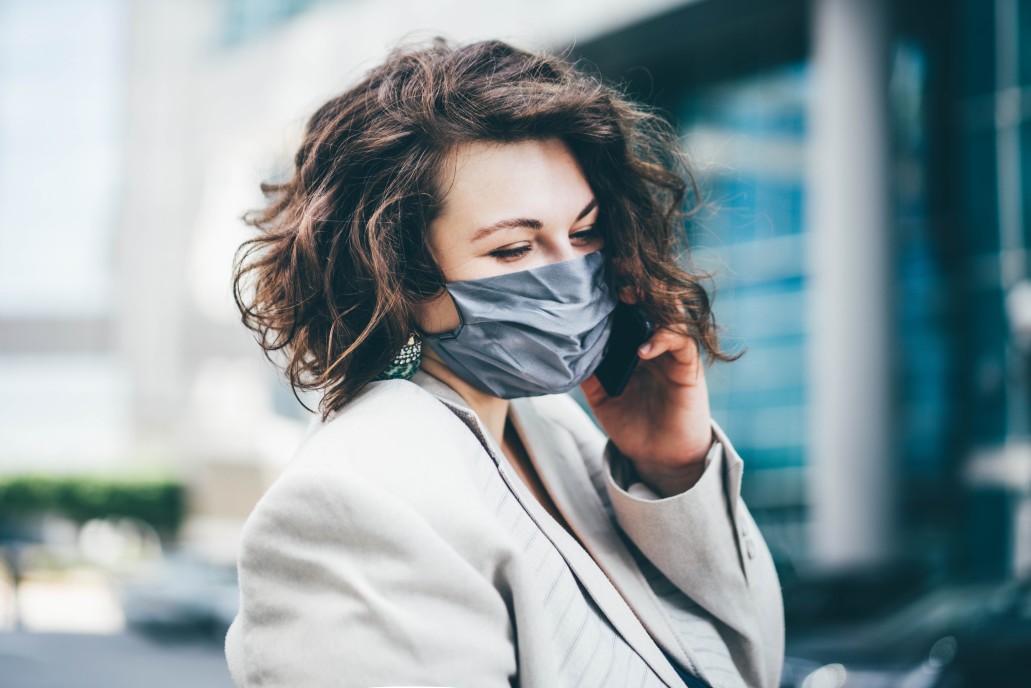Coronavirus…
Who would have expected such a “little” virus to bring down entire economies and global world powers?
It is by far the most discussed topic on dinner tables and in virtual corporate meetings. The world is going through some unprecedented times to say the least. And contrary to the initial idea of this having the severity of the common flu, it is now evident that the virus that causes Covid-19, is at least 10X more lethal than the typical flu, and many times more contagious.
One of the most interesting facts of Covid-19, is that the virus can potentially stay on surfaces for a very long time (hours and in some cases, even days) allowing it to spread at a very fast pace. Additionally, symptoms do not start appearing up to 10-14 days, making quarantine & restrictive measures very ineffective.
Due to such unique characteristics of the virus, a very legitimate & reasonable question has been raised with regard to the ability of the virus to spread through the mail. After all, if the virus can remain on paper surfaces for up to 24 hours, why wouldn’t mail be the ideal “vehicle” the virus would use to get to the rest of us?
There are several reasons:
Timeline
When you consider the amount of time it takes for a package to be shipped or mail to be delivered, that in and of itself would far surpass the typical lifespan of the virus. It is a well known fact that it takes 2-3 business days for USPS mail to be delivered to its final destination. So even with a virus being capable of staying on packages for up to 24 hours, that would still mean that it ultimately dies off.
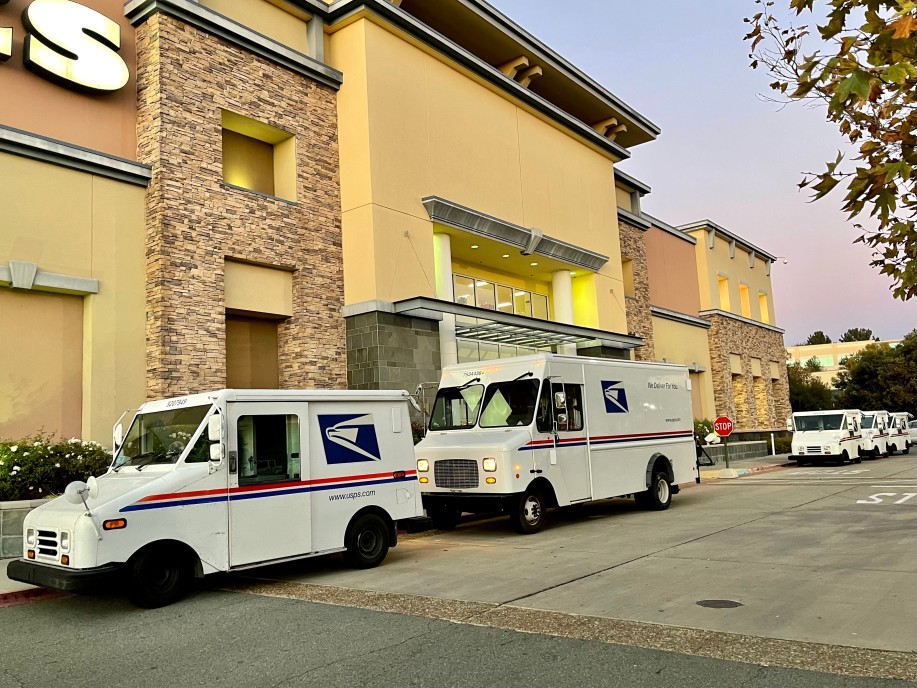
Host Requirement
This is not a medical journal, but understanding how Coronavirus functions and its requirements to live will help understand why mail is not capable of spreading the virus. It is a known fact of biology, that in order for any virus to survive for an extensive period of time, it requires a host it can live in. The only way a virus can be eliminated once it enters a host, is through the immune system of the patient or if the patient passes away. In other words, without there being a host that the virus can be a part of, it has no chances of surviving for more than just a few hours (or at most, a few days.)
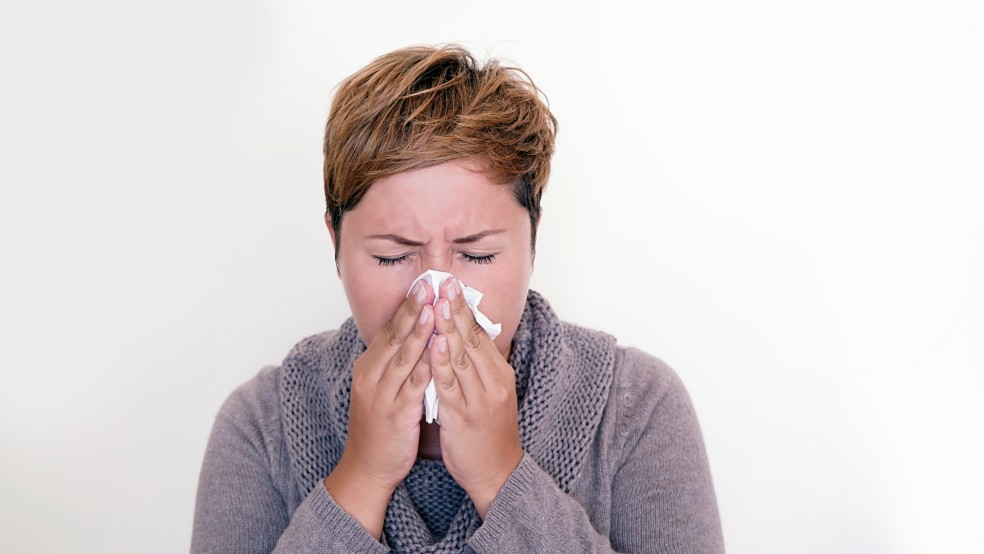
Droplet Spread
The easiest way for any virus to spread is through the tiny droplets that are sprayed into the air when someone coughs or sneezes. That means that unless someone sneezes on the mail you are about to receive, you are probably safe. Not only that, but it would also need to be delivered in under 24 hours, which like we said, is impossible. Another thing to consider, is the fact that when a piece of mail is sent, it is placed into a tightly sealed envelope. Such environmental circumstances would not allow for a virus to live for more than just a few hours.
To add to this point, the theory of the virus spreading through hard surfaces (and staying alive for a few hours or even up to a few days,) has no real scientific backing. According to the New York Times, a good majority of the scientific community does not believe that you can catch the coronavirus by touching a surface that has the virus on it and subsequently touching your own mouth or nose. Additionally, the German Federal Institute for Risk Assessment (the German version of our very own F.D.A.) advises that although there is a certain small risk to catching the coronavirus from hard surfaces, there have been no known cases in which individuals have caught the coronavirus by touching a contaminated surface and then transferring the virus to their mouth or nose. It’s worth noting however that transmissions has always been known as a tough subject to study with any kind of “absolutes”
Coronavirus Surviving on Surfaces
Not having any absolutes works both ways: there is no guarantee that the Coronavirus spreads through hard surfaces, but there is also no guarantee that it can not spread through such surfaces.
Recently, there was a paper published in the New England Journal of Medicine that helped shed more light on the matter. Researchers from NIA, the CDC, Princeton University and the University of California misted certain virus particles into a rotating drum and studied how long the particles would survive on different surfaces. What was discovered was that the SARS-CoV-2 virus survived on cardboard surfaces for up to 24 hours. The conclusion being that the virus could probably not survive for days, but could definitely survive a few hours on mail.
Surgeon general Dr. Jerome M. Adams, the CDC & WHO, all have “indicated that there is currently no evidence that COVID-19 is being spread through the mail.”
Point Of Mail Contamination
As mentioned several times already, from the time a package or piece of mail is sent out, until the time it reaches its final destination, there will have been at least 2-3 days that pass by. What that means is, it’s very unlikely that someone who has the Coronavirus would be able to transfer it to a friend or relative to whom he/she is sending that letter to.
One thing to consider however is the point at which someone infected with the virus, touches the mail. Think of the chain of events that take place for a piece of mail to reach from point A to point B. Initially, mail is placed in your mailbox and from there delivered onto a USPS truck. Ultimately, it reaches a USPS distribution point where federal employees will sort through all the packages and mail.
At some point, mail will be loaded up onto a USPS truck and will be delivered by the mailman from home to home. Which leads us to the question: what if you do not have the Coronavirus, but the mailman that delivers it does? What if the surface touched on the mailbox is then touched by the resident with a subsequent touch to their face?
I think the point is pretty clear: mail itself cannot transfer the Coronavirus from zip code to zip code. But hard surfaces could potentially. And depending on who is infected (whether the sender or the mailman,) potentially there is a risk that you could catch the coronavirus via snail mail. Is it likely that is going to happen? No..
In fact there have been over 1 Million cases of coronavirus worldwide at the day of writing this blog, and no reported cases of someone getting ill due to a piece of mail that contained the Coronavirus on it.
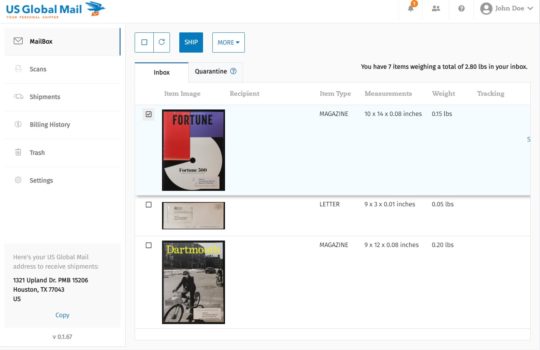
A Virtual Mailbox Solution
One of the best ways to receive mail safely & avoid coming in contact with contaminated packages or the mailman, is through the use of a virtual mailbox.
One of the added perks that comes with that, is that you can get all packages (this includes prescription medication,) for up to 80% off of shipping.
What Is A Virtual Mailbox
A virtual mailbox is an online mailbox (think Gmail) where you can view all your USPS snail mail. All letters that come in are scanned and uploaded into your account. This ensures you do not come in contact with the mail or the mailman.
If there is a package that arrives, you can request we ship it to you with up to 80% off what you would normally pay for shipping.
Here’s what it looks like on your computer or smart phone:
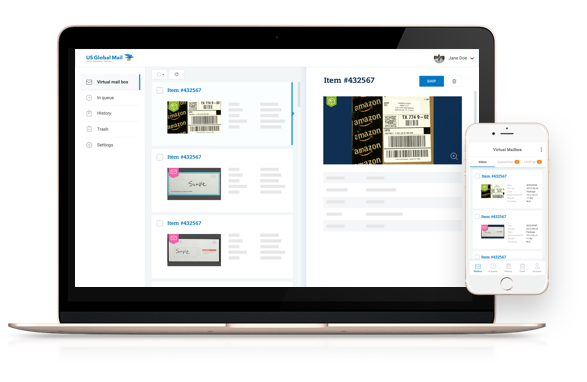
US Global Mail, will offer their virtual mailbox, 2 months free, to anyone over 50 years of age or with underlying health conditions.
This will ensure you get the Covid-19 stimulus check and all prescription medication, without needing to come in contact with other people.
To get the free virtual mailbox, click here & use coupon code “fightingtogether” at checkout.
(This offer will last until the end of the month.)

